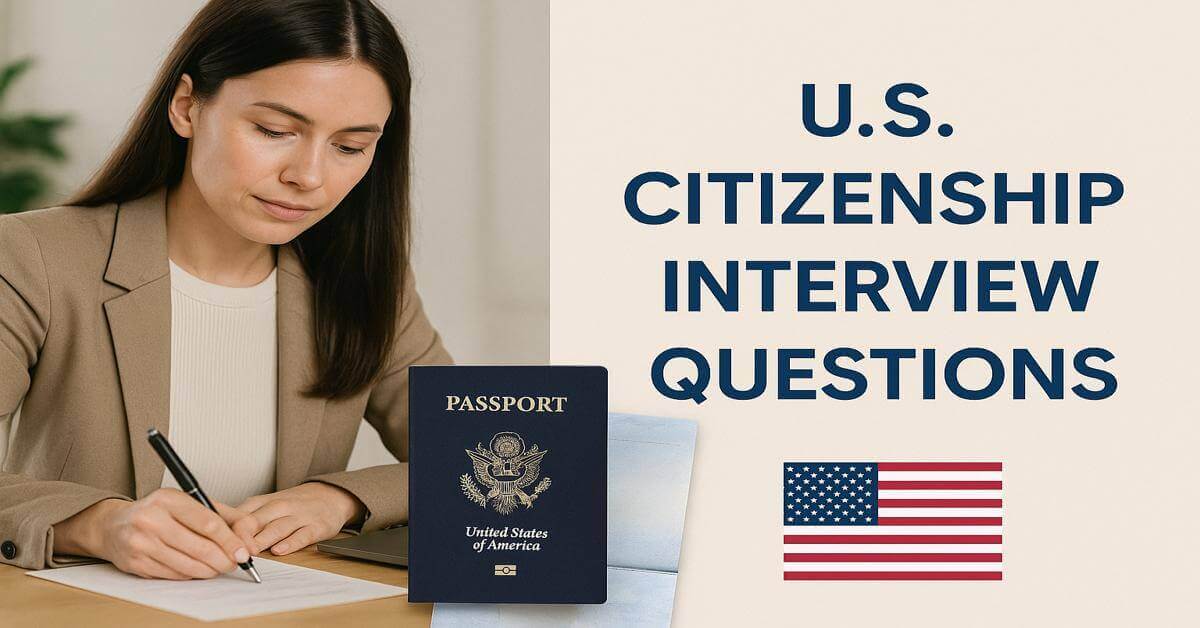The K-3 visa is a nonimmigrant visa designed to help foreign spouses of U.S. citizens join their partners in the United States while waiting for their immigrant visa (green card) processing.
Although it was introduced to reduce separation time, the K-3 visa is now rarely used due to more efficient alternatives. Here’s everything you need to know about the K-3 visa process.
Introduction:
A K-3 visa allows a foreign national spouse of a U.S. citizen to enter the U.S. and live temporarily while awaiting approval of their immigrant petition (Form I-130). It was designed to shorten the physical separation between spouses during green card processing.
Check Also: CR1 & IR1 Spouse Visa – Detailed Information
Eligibility Requirements:
To qualify for a K-3 visa, the following conditions must be met:
- You must be legally married to a U.S. citizen.
- Your U.S. citizen spouse must have filed Form I-130 (Petition for Alien Relative) on your behalf.
- You must plan to live in the United States while awaiting green card approval.
Note: Common-law marriages are not recognized for the K-3 visa. Also, same-sex spouses are eligible under the same rules as opposite-sex spouses.
How to Apply for K-3 Spouse Visa Process 2025?
Step 1: File Form I-130
- Your U.S. citizen spouse must file Form I-130 with USCIS.
- Once USCIS issues a Receipt Notice (Form I-797), proceed to the next step.
Step 2: File Form I-129F
- Your spouse must file Form I-129F (Petition for Alien Fiancé(e)) with USCIS, including:
- Copy of your marriage certificate
- Proof of the Form I-130 receipt
- Passport-style photos of both spouses
- Evidence of ongoing relationship (emails, call logs, photos, etc.)
Step 3: USCIS Processing and Forwarding
- If USCIS approves Form I-129F, it sends the petition to the National Visa Center (NVC), which assigns a case number and forwards it to the U.S. embassy or consulate in your country.
Step 4: DS-160 visa application
- Complete Form DS-160 (Online Nonimmigrant Visa Application) and submit it online.
- Pay the nonimmigrant visa fee and schedule a visa interview.
Step 5: Attend Visa Interview
- Bring supporting documents:
- Valid passport
- Marriage certificate
- Birth certificate
- Police clearance certificates
- Financial support evidence (Form I-134 or tax returns)
Step 6: Receive Your Visa
- If approved, you’ll receive your K-3 visa stamped in your passport.
Step 7: Enter the U.S. and Apply for a Green Card
- Once in the U.S., you must file Form I-485 (Application to Register Permanent Residence) to adjust your status.
- You may also apply for work authorization (Form I-765) and advance parole (Form I-131).
Visa Filing and Processing Fees:
| Service/Form | Cost (USD) |
|---|---|
| Form I-129F (for K-3 visa) | $0 (if for spouse) |
| DS-160 Visa Application Fee | $185 |
| Medical Examination | Varies by country |
| Form I-485 (Adjustment of Status) | $1,440 |
| Biometrics | $85 |
Note: While the I-129F is free for K-3 spouses, adjustment of status fees will still apply later.
Visa Processing Time:
K-3 visa processing may take 15 to 19 months, depending on USCIS workload and embassy scheduling. However, many K-3 petitions are closed automatically if the I-130 is approved first—which is common.
Important Considerations:
- USCIS often approves Form I-130 before completing the I-129F for K-3.
- If I-130 is approved first, USCIS will administratively close the K-3 petition.
- The CR-1 visa (immigrant spouse visa) is usually faster and leads directly to a green card.
Alternatives to K-3 Visa:
| Option | Description |
| CR-1 Visa | Immigrant visa for foreign spouses; green card upon entry. |
| K-1 Visa | For engaged couples; allows entry and marriage in the U.S. |
| Adjustment of Status | Available to spouses already in the U.S. on a valid visa. |
K-3 vs. CR-1 vs. K-1:
| Feature | K-3 Visa | CR-1 Visa | K-1 Visa |
| Relationship Type | Spouse | Spouse | Fiancé(e) |
| Can Work Immediately? | No (needs EAD) | Yes (green card) | No (needs EAD) |
| Visa Type | Nonimmigrant | Immigrant | Nonimmigrant |
| Adjustment Needed? | Yes | No (green card issued) | Yes |
| Processing Time (avg) | 15–19 months | 12–18 months | 10–14 months |
Conclusion:
The K-3 visa was once a helpful option for reducing separation time, but in most cases today, it’s no longer the fastest or most effective path. The CR-1 visa is generally a better alternative for spouses of U.S. citizens. If you’re unsure which route is right for you, consider speaking with an immigration attorney or using a trusted immigration service.
Frequently Asked Questions:
-
Can I work in the U.S. on a K-3 visa?
Yes, but you must apply for Form I-765 (Application for Employment Authorization) after arriving in the U.S. You can begin working once your EAD is approved.
-
Can children accompany the spouse on a K-3 visa?
Yes. Eligible unmarried children under 21 years of age can apply for a K-4 visa, which allows them to enter the U.S. with or after the K-3 visa holder.
-
What is the K-3 Visa?
The K-3 visa is a nonimmigrant visa designed to shorten the separation time between a U.S. citizen and their foreign spouse by allowing the spouse to enter the United States while waiting for their immigrant visa (green card) to be processed.





